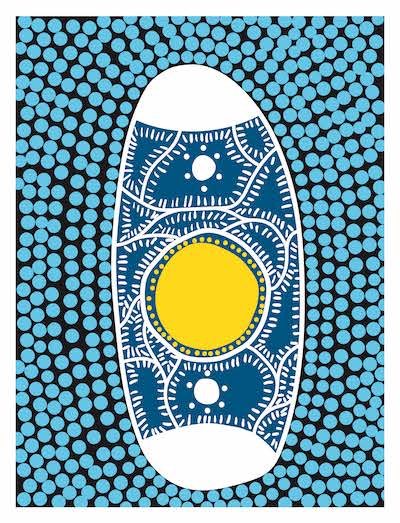
According to Google Trends, Chess is reaching peak popularity via the search engine in 2023, so far. An unprecedented explosion of interest in the game is nowhere more apparent than in our own College community, where talk of Chess, and the playing of games against fellow students, teachers and, even AI, is booming.
Fads, or, as our students now know them, TikTok trends, come and go, but historical sources demonstrate that versions of Chess have been played for roughly 1,400 years. It’s one of the oldest and most widely played games in the world, and has attained a cultural and intellectual significance that few other activities can match.
Chess, of course, is a game of strategy. And although tactics can indeed define a game’s outcome, good strategic play creates the opportunity for tactical shots in the first place. Chess has a long and celebrated history at Waverley College, as our students have engaged in both inter school and Sydney-wide competitions for decades, so how can we take this burgeoning interest and apply it to increase student engagement in the classroom?

Chess display in the Senior School Library
Students learn best when they have control over aspects of their learning. At Waverley, our teaching philosophy is underpinned by Françoys Gagné’s model of giftedness, which supports teachers to identify outstanding natural ability and nurture talent through the design of high quality teaching and learning opportunities to ensure natural talent can inform high performance.
As educators, we know that motivation can be the discriminating factor that assists students to reach their full potential. With that in mind, I decided to tap into our students’ love of Chess to support their engagement with poetic technique revision in the English classroom. To harness their unique knowledge, students brainstormed the function of each Chess piece on the board and then, through the revision of their poetry techniques, they made connections between the function of each Chess piece and the function of different language techniques. This approach enabled students to transfer their understanding of Chess strategy to inform their deeper understanding of the strategy of language composition.

Chess in the Senior Library
Needless to say, because the students co-created the activity within their strong collegial environment, their responses were insightful and clever:
“The knight is like enjambment, it can jump over pieces and set up attacks and defences, and that’s what enjambment does, it can keep an idea going and disregard the need for full stops or punctuation.”
“The Pawn is like a simile, easy to identify. It achieves a lot but it can feel cliché and bore the reader if overused.”
“The King is like Rhyme, it’s powerful but in modern free verse poetry it is not as dominant you need to use stronger techniques like sibilance, alliteration and assonance.”
Our focus on designing for deep student learning ensures that we strive to meet the unique interests of learners, giving students multiple options for taking in information, making sense of ideas and expressing what they learn. In this case, 7.09 demonstrated their ability to lead their learning and move from surface knowledge to embrace a deeper conceptual understanding by connecting two differing frameworks through their shared functions.



